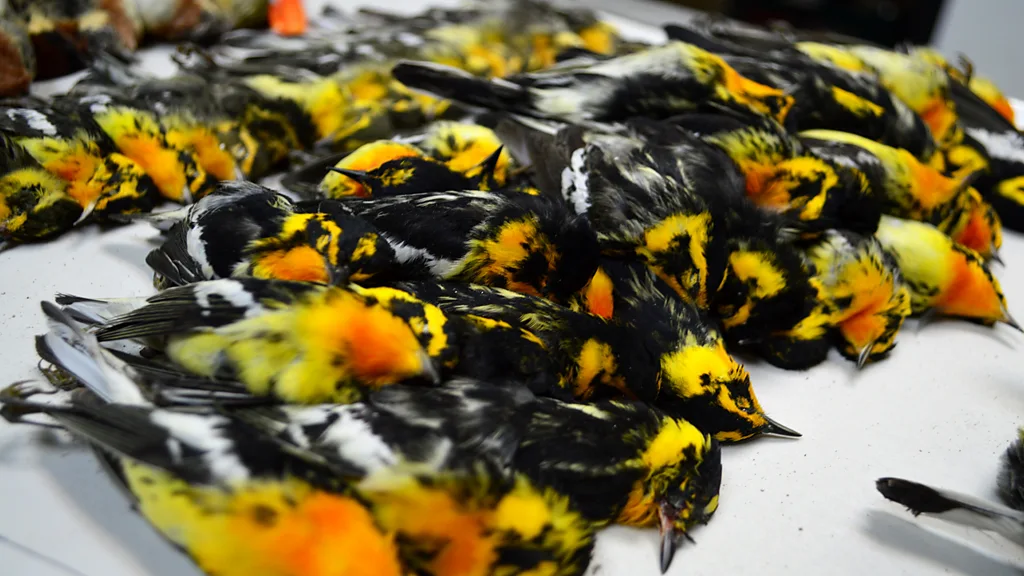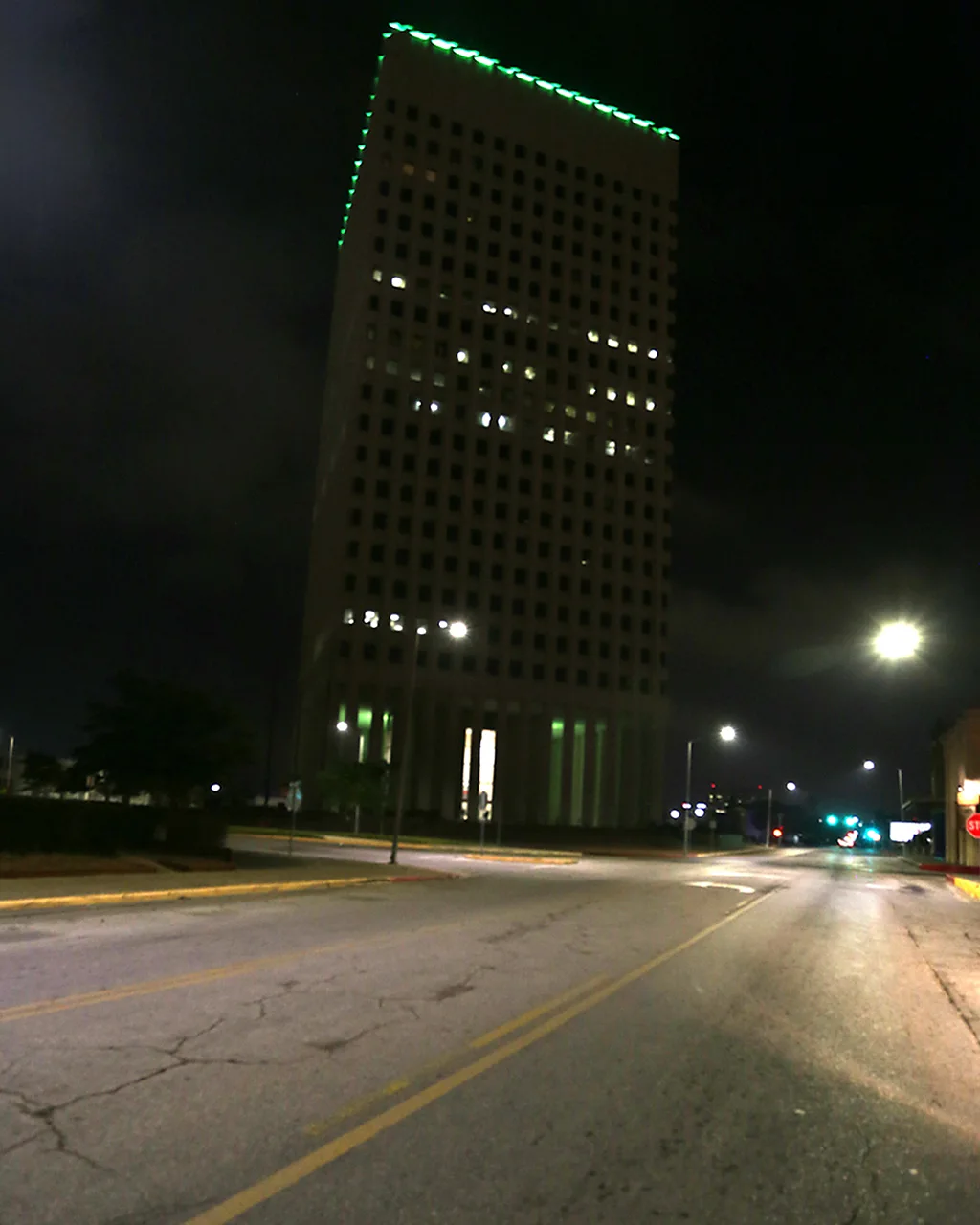Urban Nightlights: The Tragic Allure for Migrating Birds
In the ink-black canvas of night, where every star should guide the way, billions of migratory birds across North America face an unexpected and often fatal attraction: the glaring lights of urban landscapes. This phenomenon, especially pronounced in Texas—a critical juncture in the avian migratory path—has sparked a blend of concern and action.
The high-rises, often epitomes of architectural beauty and symbols of human achievement, turn into perilous obstacles for these small, journeying songbirds.
The Fatal Glow: A Conundrum of Attraction and Danger
The migratory patterns of birds are marvels of nature, meticulously tuned by evolutionary forces to exploit celestial cues under the cover of darkness. However, our cities’ artificial lights disrupt these natural navigational tools, luring birds like the small, colorful warblers, who journey from as far as Canada to Central America, towards dangerous urban terrains.
This disorientation often leads to mass casualties, a grim reminder of which occurred on a foggy morning in Galveston, Texas, when nearly 400 birds perished against the glass facade of a single skyscraper .
Josh Henderson, a key figure in local animal services, described the scene as both awe-inspiring and tragic, underscoring the emotional impact these events have on communities . His sentiments echo a broader environmental concern that urbanization poses to wildlife.
Cities Respond: Turning the Lights Out
Faced with such alarming incidents, cities across Texas, from Houston to Dallas, have initiated “Lights Out” campaigns, aiming to dim non-essential building lighting during critical migration periods in the spring and fall . These initiatives mirror efforts in other major North American cities, adapting successful programs like Toronto’s Fatal Light Awareness Programme (FLAP). They represent a growing recognition of the need to balance urban development with ecological stewardship.
Andrew Farnsworth, a migration ecologist at the Cornell Lab of Ornithology, emphasizes that Texas’s strategic position along major migratory flyways magnifies its responsibility and opportunity to lead in conservation efforts . His research supports community-based initiatives like “Lights Out Texas,” which not only help reduce bird fatalities but also foster greater public awareness and engagement with nature’s rhythms.

The Ripple Effect: Beyond Immediate Impact
The consequences of these light attractions extend beyond immediate bird fatalities. They signal a canary-in-the-coal-mine scenario, where declining bird populations hint at larger environmental shifts and degradations. Protecting these avian travelers, therefore, isn’t just about preventing individual tragedies but about preserving the integrity of ecological networks that sustain diverse life forms, including humans .
Efforts to mitigate these dangers must blend science, policy, and community engagement. Initiatives like bird collision monitoring and the development of BirdCast, a tool for predicting migration patterns, provide critical data that can guide urban planning and conservation strategies .
Moreover, these programs encourage cities to consider wildlife impacts in their expansion and lighting designs, potentially inspiring changes that could make urban environments safer for all species.

As cities across the globe grow, so does the challenge of coexistence with the natural world. The plight of migratory birds illuminated by the harsh lights of human expansion serves as a poignant reminder of our interconnectedness. By turning down the lights, we don’t just save birds; we take a step towards harmonizing our urban landscapes with the natural world.
Let us be guided not just by the visible lights but by the invisible ties that bind us to nature’s vast, dynamic tapestry.
